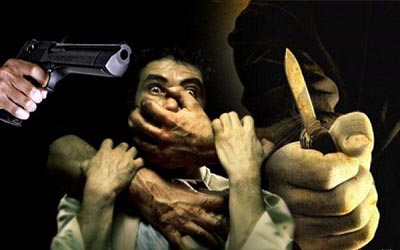Khodam Golmohammadi was from Azarbaijan, Iran. He was taken as a war prisoner in the Iran-Iraq war in which he was a soldier of the Iranian army. The Mujahedin-e Khalq recruiters in Iraqi POW camps succeeded to convince Khodam to join the group. However, the suppressive cult-like system of the group made him regret his decision after a short time but he had no way out.
In 1995, Massoud Rajavi declared that “exit is forbidden”, so Khodam and many other dissident members had to stay in the Cult of Rajavi. In 1999, he was injured in a clash between the Iranian border guards and the MEK forces. He was hospitalized for about a year. When he got back to his unit, he was not able to walk well. He was under too much physical pressure in the Katyusha unit. Thus, in 2001, he asked the group leaders to allow him to leave.
His demand was not only ignored but also, he was repressed for his willingness to leave the MEK. “His direct superior, Hamid Adham, even did not accept Khodam’s written request for exit,” Iraj Salehi, former member of the MEK writes.
Once he declared his demand, the organizational and peer pressure began against him. He became the subject the manipulation meetings where his commanders and peers shouted at him, humiliated and insulted him. Mohammad Reza Goli witnessed two of these suppression meetings. “He was awfully under tyranny,” Goli writes. “His commanders and some of his comrades were constantly insulting him, when I arrived in the eating place… The scene was so bad that I could not stand watching and I left the hall.”
The whole day, Mohammad Reza Goli was preoccupied with the scene he had seen. The next day he observed a similar act. “I heard a noise from the dormitory,” he recalls. “I got curious to know what was going on. I saw Khodam circled by a group of members who were bullying him. He just asked, ‘Is it a blasphemy that I want to leave?’ The scene was so heart-breaking.”
It did not take so long for members of the MEK to hear that Khodam set himself on fire in the parking of Camp Ashraf. “If I had not seen those sessions, I would not believe that Khodam committed suicide,” Goli writes. “I just believed his bitter fate when I recalled those scenes of mental torture.”
Iraj Salehi recounts the incident: “We got the news that some one was on fire in the parking. We rushed there for help. The MEK commanders, in particular Mashood Dianat, called Siamak, prevented us from getting close to the scene. He ordered us to get back and to keep silent about the incident.”
Khodam was taken to a hospital in Baghdad and he was not seen in the MEK, anymore. Years later, the rank and file of the MEK came to know that Khodam died in Baghdad. The location of his grave is not known. “Whether he was killed by the MEK agents or he killed himself, the Rajavis are responsible for Khodam’s death,” Salehi states.


